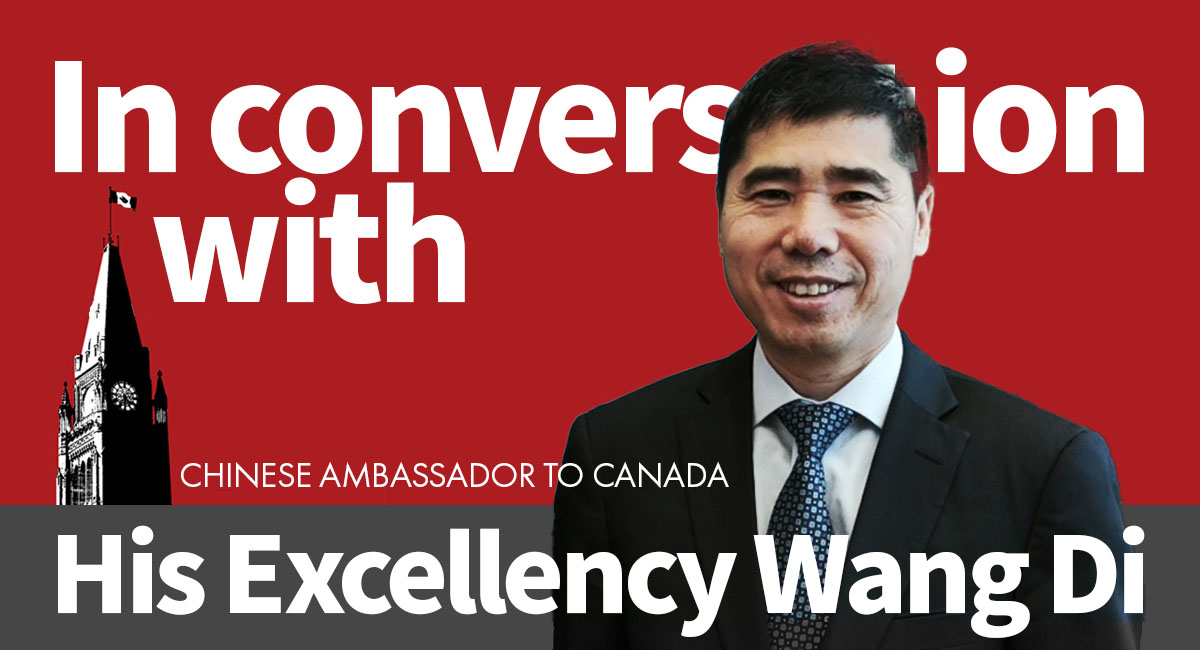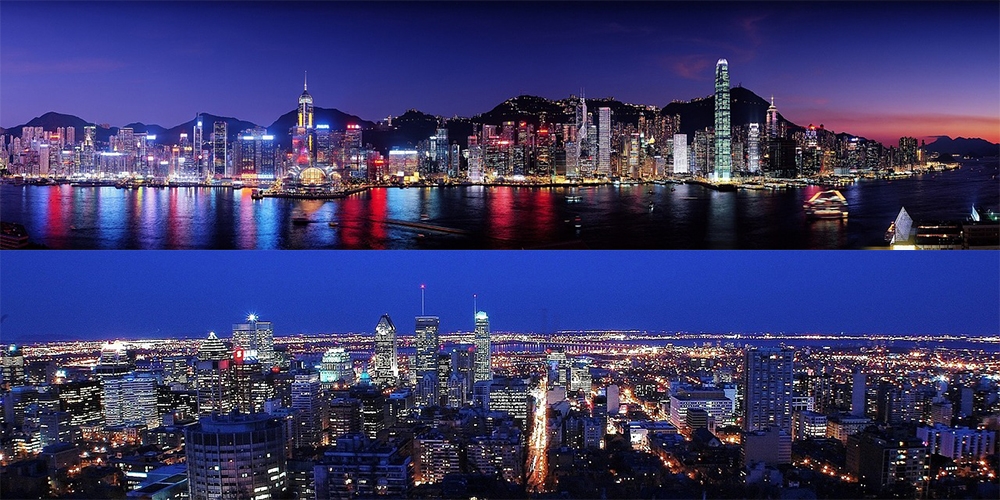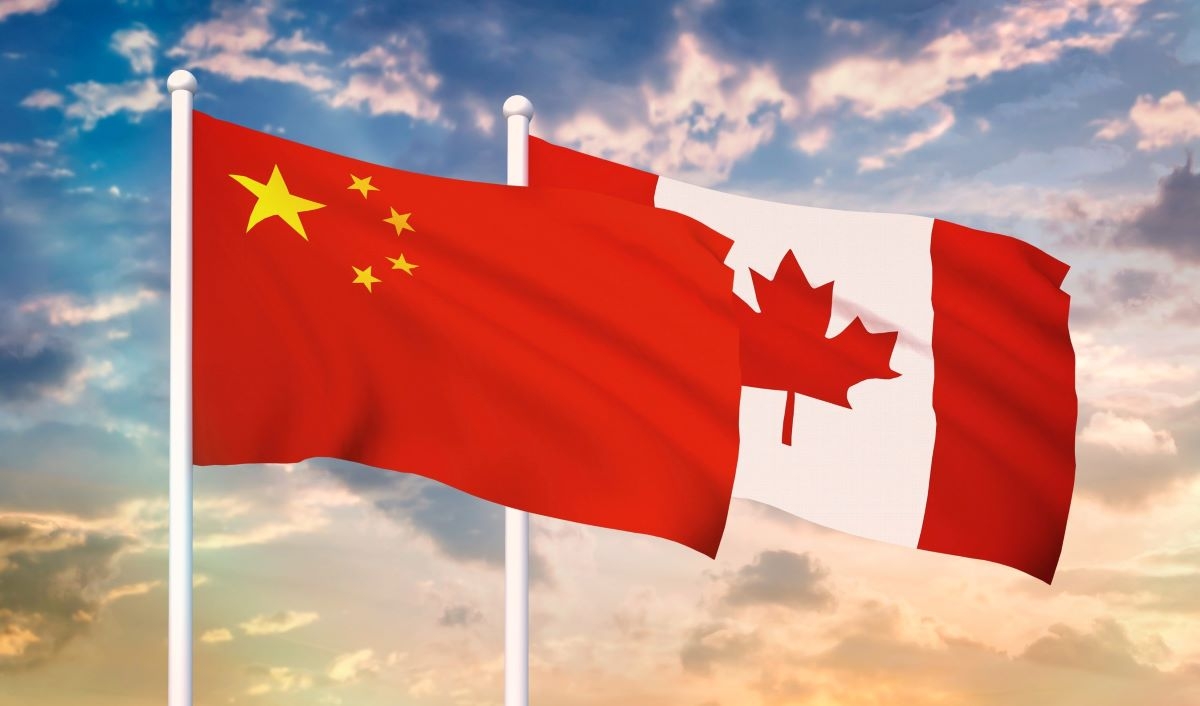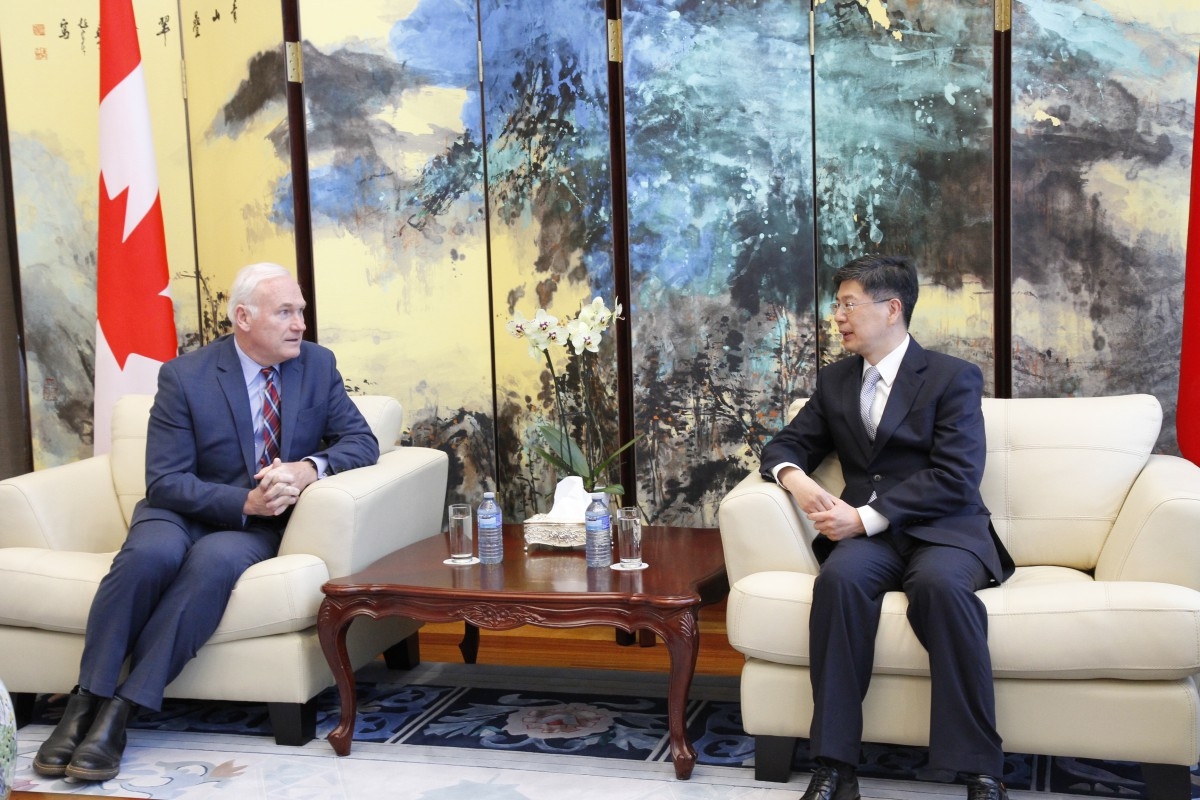
The Real China — The New Silk Road, XinJiang and Religious Freedom
Photos by Dan Donovan
Different from the descriptions in narratives by Western analysts and media, China today is a complex, layered and at times contradictory country.
However, the growth and infrastructure programs are all part of a vision of shared economic and social prosperity for all Chinese citizens.
It isn’t perfect, but by any standard it is impressive.
In 1978, China was an economically have-not country closed to the outside world and struggling to bring prosperity to its citizens. A mere four decades later, China is a global economic superpower because of policies that attracted foreign investment and technology, embraced free trade and multilateral institutions, allowed talented students to study overseas and encouraged large investments in infrastructure, manufacturing, education and research and development.
The strategy resulted in an enormous increase in outbound investment and further enhanced economic ties between China and other countries.
A downside of this plan was considerable environmental degradation and wealth inequality which has now become a focus of Chinese leaders.
At the 19th Communist Party China National Congress in a year ago, Chinese President Xi Jinping laid out an economic and social plan that affirmed a “new normal” of higher quality, but slower, economic growth, the institutionalization of an anti-corruption campaign, improving relations between the central and provincial governments and addressing corporate and provincial debt in the country.
Xi highlighted pollution reduction as a major goal, using the word “environment” in his speech more times than “economic.”
XI also identified three hard-target objectives to achieve within a short period: the complete eradication of poverty in China by 2020; fully modernizing the entire nation by 2050; and making China a leading country in environmental practices and sustainability.
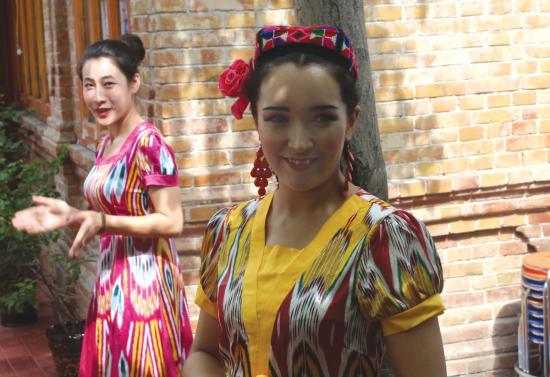 These objectives seem attainable given that Chinese domestic growth is sailing along at 6.7 per cent and the trend is expected to continue.
These objectives seem attainable given that Chinese domestic growth is sailing along at 6.7 per cent and the trend is expected to continue.
Growth is driven by massive investments in transportation, infrastructure, social and cultural institutions, the linking of major cities by high-speed rail and the creation of policies that encourage and support technological innovation.
Add to this a stable and very predictable business environment for more than two decades and it becomes clear why China has become a magnet for foreign businesses. The Chinese are at the forefront of the new global digital revolution bringing transformative changes in genetic sciences, new material technologies, artificial intelligence and health care. As the western countries of the G-7 flail about and bicker over trade, security and economic matters, China is using its clout to encourage BRICS (Brazil, Russian, India, China, South Africa) members and other countries to support global free trade and multilateralism.
In 2013, China launched The Belt and Road Initiative (BRI) or the Silk Road Economic Belt project, a $ five-trillion global infrastructure project focused mainly on transport and energy: roads, bridges, gas pipelines, ports, railways, and power plants that spans 60-plus countries across Asia, the Middle East, Europe and Africa.
Hailed by Xi as the “project of the century,” the plan fits into his bigger narrative that China is setting the example of globalization, filling the void left by the United States under Donald Trump’s “America First” policy and the economic uncertainty caused by bickering EU nations.
Western China’s Xinjiang Uyghur autonomous region is a major beneficiary of the BRI. Xinjiang has been a multi-ethnic populated region, and an inseparable part of China since the Western Han Dynasty (206 BC-AD 24) when China became a unified multi-nationality country. It was at the centre of the ancient Silk Road that connected Asia, Europe, and Africa.
Through the Silk Road, grapes, walnuts, pomegranates, alfalfa, spices, herbs, peppers, precious stones, glass, horses, and other specialties as well as music, dance, astronomy, calendars and Christian, Buddhist, Islamic, and other cultures were introduced to the central plains from or through Xinjiang.
Silk, lacquer ware, ironware, gunpowder, gold and silverware, porcelain, peach, pear, and other products including papermaking, smelting, water conservancy, gunpowder manufacturing were introduced to Xinjiang and to the West. The Silk Road and Xinjiang were a crucial channel for East-West business and trade exchanges and a bridge for cultural exchanges.
Today, Xinjiang is once again playing a crucial role in the BRI West development strategy. It is a major base of energy and resources, agriculture and green energy (solar and wind power). It borders eight countries, has 17 A-class ports and two aviation destinations. The new Eurasian continental bridge cuts through Xinjiang, and a comprehensive transport network combining railways, highways, air routes and pipelines has been built, making Xinjiang the most convenient passage linking China and Eurasian countries.
Xinjiang has 55 officially recognized ethnic minorities and several religions including a large minority Muslim population from the Uygur ethnic group.
The cornerstone of the Chinese Communist Party (CPC’s) ethnic policy is equality among all ethnic groups. This has been incorporated into the constitution and law of the People’s Republic of China.
People from all ethnic groups have equal social status, enjoy equal rights and undertake equal obligations.
China has considered itself a multi-national country since ancient times and the current Chinese Communist government policy is based on the belief that historical evolution of its minorities has led to “the integrative pattern that all ethnic groups can live together in harmony, assimilate each other’s cultures, and be mutually dependent on each other economically.”
The Chinese government sees the relationship between the Chinese nation and other ethnic groups as that between members of a big family who are all are co-creators of the modern Chinese nation.
The government policy is to oppose all forms of national discrimination.
However, there is also a belief that while ethnic minorities have their own customs and habits, some of their practices are intentionally or unintentionally discriminatory.
In those cases, the government can act when necessary to prohibit ethnic discrimination or to “strengthen national unity in the whole society and standardize policies and practices in various fields and industries, in a bid to effectively guarantee and legitimize rights and interests of ethnic minorities.”
The Chinese have adopted policies that protect “the intangible cultural heritages on its territory” including scenic spots and historic sites, valuable cultural relics and other important historical and cultural heritages.
Under Chinese law every citizen enjoys the freedom of religion.
Politics and religious beliefs are separate.

In Xinjiang there are six religions: Islam, Buddhism, Tibetan Buddhism, Christianity, Taoism and Orthodox. Islam is the religion with the most ethnic religious groups (10) and believers (eight million). Mosques, churches, Buddhism and Taoism temples number 24,800.
The largest Islamic training institute in Northwest China's Xinjiang Uyghur Autonomous region is the Islamic Theology Academy and Xinjiang University. It trains religious staff, including Imams for mosques.
Students are taught that violence, separatism and terrorism are evil forces to be avoided. Lectures also include teachings on Chinese laws, the report of the 19th National Committee of the Communist Party of China (CPC) and President Xi Jinping writings on “Thought on Socialism with Chinese Characteristics for a New Era. Students must take Mandarin (Putonghua) language courses, and pass a final exam before being deployed to mosques in other regions in Xinjiang. The institute also helps foreigners learn about China's ethnic and religious policies. The Xinjiang government also arranges annual charter flights for planned pilgrimages to take believers in Islam to Mecca in Saudi Arabia.
During Ramadan local owners are free to choose whether to close or open halal restaurants. The CPC and Chinese government have also enacted a policy to encourage ethnic minorities to use and develop their own languages. Bilingual policy is at the same time promoted to encourage all ethnic groups to use the national public common language.
Religions in China are independent and have autonomy in their operations where normal religious activities are protected. However, because China is a secular state, no religion or religious leader may interfere with the administration, law, school education and social public education by using religion.
Religions and religious schools must abide by the constitution when publishing religious books and journals, selling religious commodities and artwork, or when conducting international communication on religious aspects such as science and culture. Simply put, under the Chinese system, religions must work within the boundaries of the secular socialist society.
In China today, the state has responsibilities to religion and religion has responsibilities to the state.
It’s another part of President’s Xi’s ‘win-win’ philosophy.

